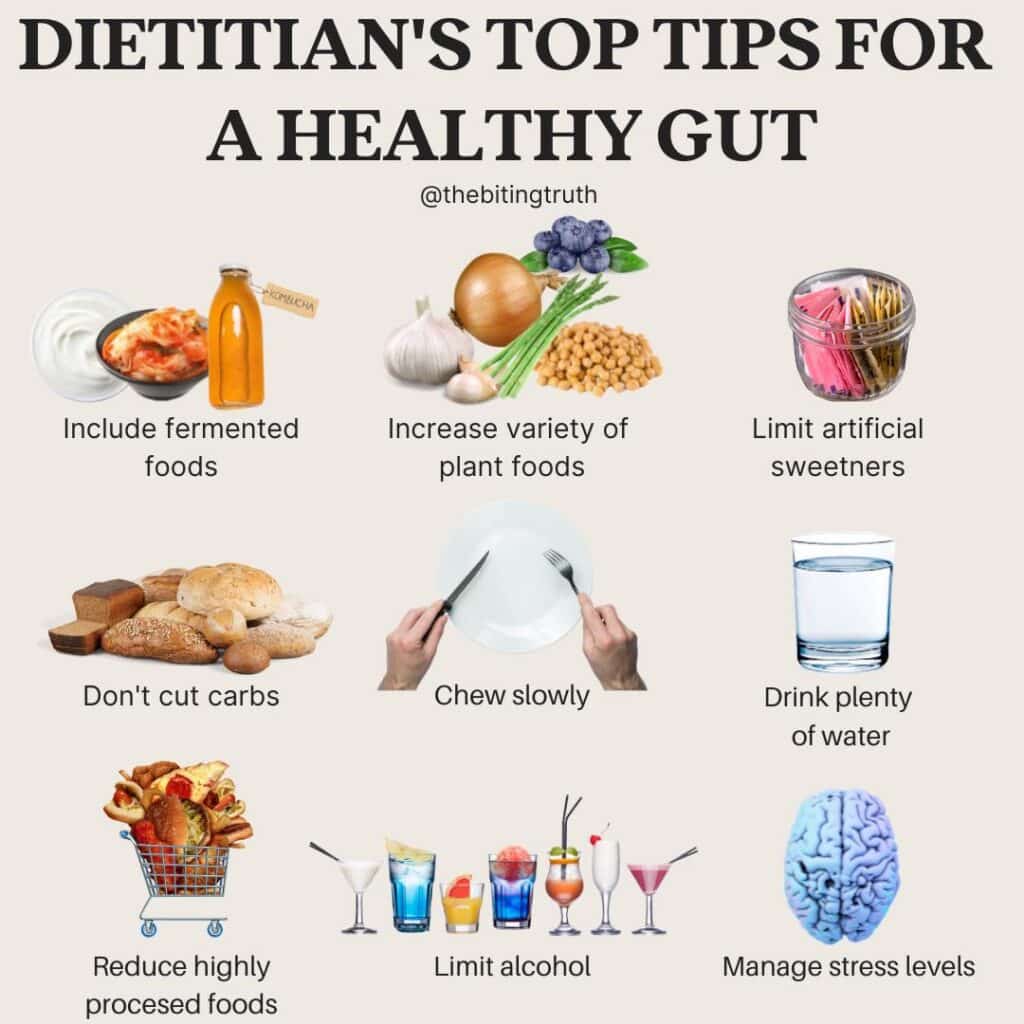You’ve likely heard that fibre is crucial for your health! Despite this, many Australians still fall short of their daily fibre intake.
Fibre might sound dull, but its benefits are anything but! The role fibre plays in your overall health is incredibly significant.
Fibre is a type of carbohydrate that our bodies can’t digest. It’s found in plant-based foods such as fruits, vegetables, grains, nuts, seeds, and legumes.
As you consume fibre, it journeys through your digestive system to your large intestine largely undigested. Most nutrients get absorbed in the small intestine, but fibre’s unique path to the large intestine (also known as the large bowel) is key to its health benefits.
The relationship between fibre and gut health is an emerging field in nutrition research, and we are only beginning to understand its full impact.
Fibre supports digestive health, which is intricately linked to the health of nearly every other organ in your body—from your heart and brain to your kidneys, liver, and skin.
As fibre travels undigested to the large intestine, it encounters a community of trillions of beneficial microbes. These microbes thrive on fibre, producing compounds that maintain our gut and overall health. Simply put, more fibre means happier gut bacteria!
In addition to promoting gut health, a high-fibre diet can help with:
Chances are, you’re not. Research shows that less than half of Australians consume enough fibre, largely due to the prevalence of processed foods.
Aim for 30 grams of fibre each day for optimal health. Here’s what 30 grams of fibre might look like:
To ensure you’re getting enough fibre, try to include the following daily:
Gut Warning: It’s important to increase fibre intake slowly, especially if your diet is currently low in fibre. This is to prevent overwhelming your gut bugs and the onset of negative symptoms like gas, constipation and bloating. A slow increase will allow you and your healthy bacteria time to adjust to the higher-fibre diet. It’s also important to drink plenty of water (at least 8-9 cups) to prevent constipation and let fibre do it’s job
Incorporating these tips into your daily routine can help you meet your fibre goals and improve your gut health. Remember, a happy gut leads to a healthier you!






